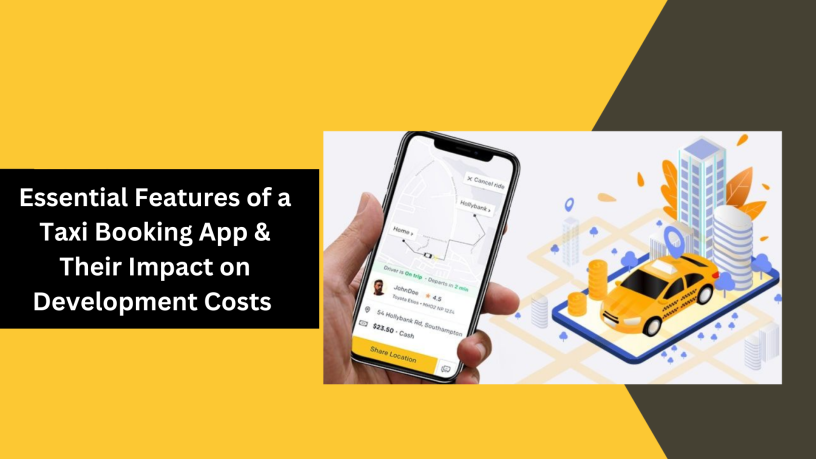In the modern world, taxi booking apps like Uber and Lyft have transformed how people travel, offering convenience and flexibility at the tap of a button. With the rapid rise in demand for such services, many entrepreneurs are now looking to create their own taxi booking apps. But before diving into development, one of the most critical questions is: How much does it cost to develop a taxi booking app?
Let’s break down the user types of a taxi booking app and the key features of each section to understand the overall cost.
User Types of a Taxi Booking App and their features:
To develop a successful taxi booking app, there are three main user types: the Rider App, Driver App, and Admin Panel. Each serves a specific purpose and must be carefully crafted to ensure seamless operation.
1. Rider App: The Rider App is what riders use to book rides. It must be user-friendly and packed with essential features to make the booking experience smooth and efficient. Some critical features include:
- User Registration & Login: Riders should be able to sign up easily using email, phone, or social media accounts.
- Ride Booking: The core feature, allowing users to set a pickup and drop-off location.
- Real-Time Tracking: Riders should track their driver’s location and estimated arrival time.
- Fare Estimation: Before confirming the ride, users should know the approximate fare.
- Multiple Payment Options: From credit cards to digital wallets, the app supports multiple payment methods for user convenience.
- In-App Messaging: A chat option to communicate with drivers in case of any issues.
- Ratings & Reviews: After each ride, users can rate their experience and leave feedback, ensuring continuous service improvement.
2. Driver App: The Driver App is equally important, as it facilitates drivers in accepting and managing rides. Here are the key features it should include:
- Driver Registration and Verification: Drivers sign up, provide necessary documentation, and get verified.
- Trip Management: Drivers can accept or reject ride requests, and track the routes to pick up and drop off passengers.
- Earnings Dashboard: Displays details about the driver’s earnings, payment history, and potential bonuses or incentives.
- In-App Messaging: Similar to the rider app, drivers should be able to chat with passengers if needed.
3. Admin Panel: The Admin Panel acts as the control center for the entire taxi booking platform. It helps manage both the rider and driver sides, ensuring smooth operations. Essential features include:
- Dashboard: An overview of all activities, including active rides, users, and drivers.
- Driver & Rider Management: The admin panel allows for easy management of both users and drivers, from registration to activity monitoring.
- Analytics & Reports: Insights into user behavior, ride statistics, earnings, and more.
- Fare Management: Admins can adjust fare settings based on factors like distance, peak hours, or geographic location.
Developing a taxi booking app involves a comprehensive understanding of the user types: the Rider App, Driver App, and Admin Panel. Each of these elements is crucial for providing a seamless experience for both users and drivers, with features designed to enhance convenience, safety, and efficiency.
However, the costs associated with building such an app can vary significantly based on various factors, including complexity, design, and platform choice. To gain a deeper insight into the actual costs involved in developing a taxi booking app, be sure to check out the full blog post for a detailed breakdown and expert guidance.

